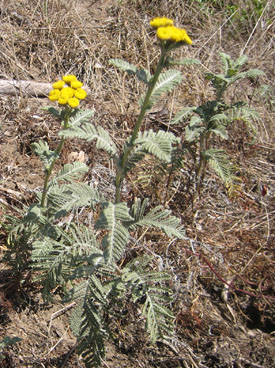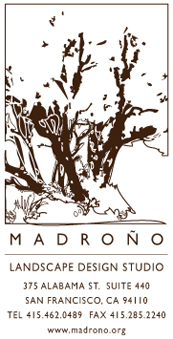 Water and sand straddle the symbolic spectrum of living: while the former is biologically essential, the latter evokes the lifeless dunes of the desert. Yet here in San Francisco, where dunes define our geology and "normal" is anything but, the sandy banks of our largest lake sustain a population of drought-tolerant dune plants that belie the dominant paradigm. Such a flourishing of life under inauspicious circumstances distinguishes our local flora.
Water and sand straddle the symbolic spectrum of living: while the former is biologically essential, the latter evokes the lifeless dunes of the desert. Yet here in San Francisco, where dunes define our geology and "normal" is anything but, the sandy banks of our largest lake sustain a population of drought-tolerant dune plants that belie the dominant paradigm. Such a flourishing of life under inauspicious circumstances distinguishes our local flora.
Our subject is Lake Merced, where today the trappings of modern recreation capture the bulk of public attention. Duffers flock to the Harding Park and Jack Fleming golf courses on the eastern flank, where grassy fairways and manicured greens attest to the power of irrigation; fishermen angle from designated piers for stocked trout in depths that have mercifully risen from their recent historic lows; and bikers and joggers ply the paved roadways that girdle the shifting shores. As in so many other natural areas within the urban setting, exotic invasive plants have followed close behind human activity: stubborn iceplant (Carpobrotus edulis) blankets many exposed banks, while meddlesome cape ivy (Delairea odorata) scrambles from dense thickets up into the bark-shedding heights of ubiquitous Eucalyptus and fast-growing stands of Monterey pine.
Nevertheless, elements of the original flora still survive here, thanks in large part to volunteer groups like the Friends of Lake Merced and city organizations like the Natural Areas Program. The best spot to admire their work is at the Mesa, a peninsula on the northern shore of the east lake (across Lake Merced Blvd. from the Lakeshore Elementary School), where a restoration task force has removed the monocultural iceplant and helped to swing the natural balance back toward the diversity of native plants that truly belong here.
A sandy footpath skirts piles of uprooted, decomposing iceplant, and leads into a rich dune-scrub plant community that upholds the legacy of our past. The prostrate form of coyote brush (Baccharis pilularis), a dense evergreen shrub reaching 1-2 feet in height, anchors the landscape. This particular population blooms earlier than its statewide brethren, which tends to flower in late fall, so August finds the coyote brush of Lake Merced covered in the curious whitish-yellow fuzz that serves to underscore its common name. These furry-looking blossoms may not rank among the world's most attractive, but they sustain more than 600 species of beneficial insects and the birds that feed on them, thus rendering coyote brush among the most important wildlife plants we know.

